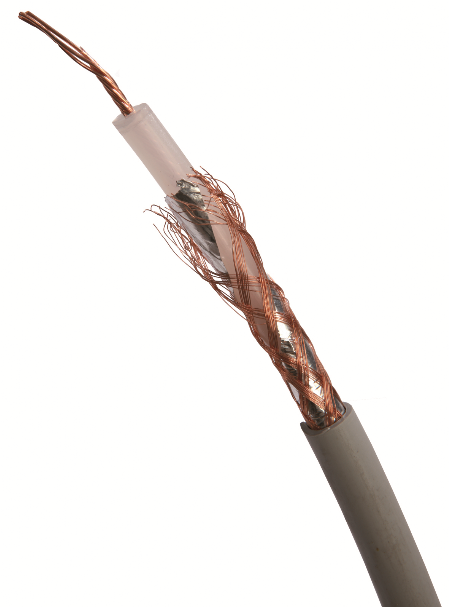RFC - radifrquency burried cable
Solutions > Perimeter protections > Invisible protections
RFC – Radiofrequency System

HOW IT WORKS
Volume change in the generated electromagnetic field and pressure changes in the surface area caused by walking, running, jumping, driving etc.
LOCATION
In all surface areas and underneath sand, grass, pebbles, paving, asphalt etc.
LENGHT
From 20m to 300m (Stand Alone) / 19.2 Km (Multiplex). The detection strip is about 1.5 to 2.0 metres wide.
ALARM ZONES
2 channels of maximum 150 metres per zone/channel.
ADVANTAGES
Invisible, and combines the advantages of the active RPS and the passive GPS detection systems. DPS has the highest detection rate and the lowest FAR (False Alarm Rate).
OVERVIEW
RFC™ is an invisible radiofrequency security system; using two cables buried at 15-20 cm depth, one of which is the receiver and the other the transmitter, 1.10-1.20 mt apart, it creates an electromagnetic field sensitive to target movement in the protected area. The system is modular and allows the protection of perimeters of any length; it is particularly suitable for sites that require a high levels of protection.
VERSIONS
RFC™ is available in Stand-Alone version, for protection of max 300 mt, and in Multiplex version, for protection of max 19.2 Km, with a single perimeter control unit (MIND™). The architecture allows connecting up to 64 MIND™ units.
OPERATIONS
RFC™ detects the change of the electromagnetic field generated by people or objects crossing the sensitive area. The change of the electromagnetic field recorded by the mixer, by comparing the transmitted and received electromagnetic energy, generates signals that, properly processed and analysed, allow correct determination of system alarm conditions. The real alarm signals are then sent to the control centre.
CHARACTERISTICS
- Signal processing in the time domain.
- Signal processing in the frequency domain.
- Combined frequency-time processing.
- Use of masks to characterize and recognize signals sent by sensors.
- Detection of signal energy levels (spectrum analysis).
- Listing per category of signal energy matrixes.
- 8 local inputs and 8 relay outputs available (optional).
- Local recording, self-calibration.
